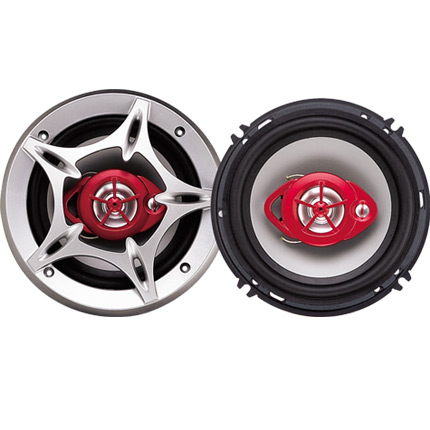Clutch Cable Assembly for Enhanced Vehicle Performance and Reliability
Understanding the Cable Assembly Clutch Functionality and Importance
The cable assembly clutch is a crucial component in various mechanical systems, playing a significant role in the operation of machinery, vehicles, and equipment. Understanding its design, functionality, and applications can provide insights into how this seemingly simple component plays a vital role in the larger mechanics of motion and control.
What is a Cable Assembly Clutch?
A cable assembly clutch consists of a cable system that connects the clutch pedal to the clutch mechanism in a vehicle, enabling the driver to engage and disengage the engine from the transmission. This action is critical for shifting gears smoothly and controlling power transfer between the engine and wheels. The clutch itself can either be mechanical or hydraulic, but the cable assembly specifically refers to the system that translates the driver’s command into physical action.
The cable typically runs from the clutch pedal in the vehicle’s cabin to the clutch fork or release mechanism inside the transmission. When the driver presses the clutch pedal, the tension in the cable changes, allowing the clutch discs to separate, which interrupts the power from the engine to the transmission. When the pedal is released, the cable slackens, allowing the clutch to re-engage, thereby enabling power transmission.
Design and Components
The typical cable assembly clutch consists of several key components
1. Clutch Cable This is the primary component that transmits force from the pedal to the transmission. It is designed to withstand significant tension and fatigue from constant use.
2. End Fittings These are the components that connect the cable to the clutch pedal and the clutch fork. They must be robust and reliable to ensure efficient operation.
3. Adjuster Some systems include an adjuster that allows for tension adjustments in the cable. Over time, cables can stretch, leading to a less effective clutch operation. An adjuster helps maintain the correct tension.
cable assy clutch

4. Protective Housing Cable assemblies are often housed in a protective sheath to prevent wear and tear from environmental factors and mechanical interference.
Functionality
The functionality of a cable assembly clutch is straightforward but essential for vehicle operation. When engaged, the clutch allows for smooth gear transitions, preventing the grinding of gears that can occur when trying to shift without disengaging the engine's power.
Failure or malfunction of the cable assembly clutch can lead to significant issues, including difficulty in shifting gears, unusual noises coming from the transmission, or complete inability to engage the clutch. Regular maintenance and inspection of the cable assembly can help prevent these issues and ensure a smooth driving experience.
Applications
While predominantly used in automotive applications, cable assembly clutches are also found in various machinery and equipment, such as motorcycles, go-karts, and industrial machinery. The principles behind the cable assembly clutch can be applied in numerous scenarios where controlled power transfer is required.
In motorcycles, for instance, the cable assembly clutch allows riders to shift gears smoothly while maintaining optimal engine performance. In industrial settings, machinery often requires clutch systems to manage torque and prevent overload, thus enhancing safety and efficiency.
Conclusion
The cable assembly clutch may be a small component in the grand design of automotive engineering and machinery, but its role is indispensable. By facilitating the smooth transition between gears, reducing wear on transmission components, and enabling drivers and operators to control their vehicles and machines effectively, the cable assembly clutch exemplifies the intricate balance of mechanical systems.
Understanding its components and functionality not only aids in troubleshooting and maintenance but also emphasizes the importance of such seemingly simple mechanisms in the overall performance of vehicles and machinery. As technology advances, improvements in the design and materials used in cable assembly clutches will likely continue to enhance their effectiveness, reliability, and longevity in various applications.
-
Workings of Clutch Pipe and Hose SystemsNewsJun.04,2025
-
The Inner Workings of Hand Brake Cable SystemsNewsJun.04,2025
-
The Secrets of Throttle and Accelerator CablesNewsJun.04,2025
-
The Hidden Lifeline of Your Transmission Gear Shift CablesNewsJun.04,2025
-
Demystifying Gear Cables and Shift LinkagesNewsJun.04,2025
-
Decoding Clutch Line Systems A Comprehensive GuideNewsJun.04,2025
